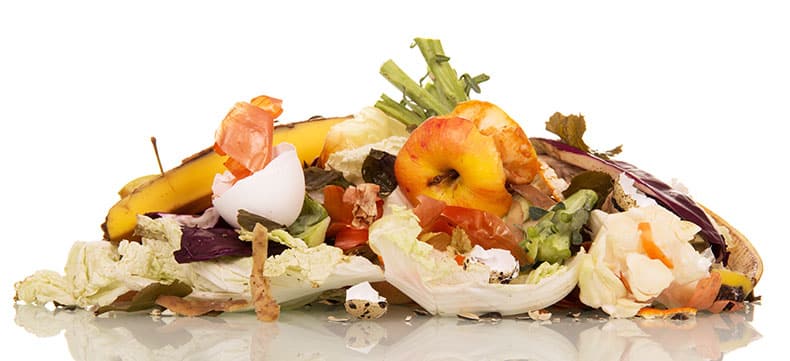Whether you’re preparing a meal for one or cleaning up after a family gathering, you probably use your garbage disposal regularly. During the holidays and special occasions, you’re likely to give your disposal an extra workout.
As common as this little hidden appliance is, not all garbage disposals are created equal. Garbage disposals vary in power, soundproofing, and the maintenance required. The plumbing underneath your kitchen sink can also impact the disposal’s capabilities.
From vegetable peels and scraped plates to when to run water, the ins and outs of proper use never occur to most of us. These tips can help keep your garbage disposal humming right along with your kitchen routine.
Follow the right sequence of operation
When you’re using your garbage disposal, it’s usually best to follow this order:
- Run cool water.
- Turn on the disposal.
- Put food in gradually to ensure it can break down easily and effectively.
- Run your disposal until the food is gone.
- Turn it off and let the water run for a few more seconds to flush out the drain.
Avoid Bones and Non-food Items
It might sound like common sense, but you’d be surprised at how many people throw bones, rubber bands, twist ties, plastic bags, toys, sponges, and even glass or cigarettes down the garbage disposal. Not only can these items damage your disposal, they can also clog your pipes or damage your system.
Avoid Fibrous Foods
Foods like celery, asparagus, artichokes, and even onion skins can cause a big headache. Those long, stringy fibers can tangle and jam in the disposal and block drains. It’s best to just throw these out in the garbage or compost.
Avoid Grease or Fat
While it may seem convenient to pour items like bacon grease or cooking oil down the drain, they can actually solidify in your pipes. Some people store bacon grease for future use. If that’s not your cup of tea, you can also let it cool and dispose of it in your trash can. If you do find that you’ve put grease or fatty items in your disposal, always use cold water to avoid parts of the food melting onto other parts of the disposal.
Clean Your Disposal Correctly
Taking steps like sprinkling a little baking or tossing in leftover lemons and limes can help freshen and eliminate odors. Grinding up ice cubes can also help remove any food that might be caught inside the disposal and move them down the pipes. But don’t ever use bleach or hash drain cleaners, as they could damage your plumbing or cause your disposal to malfunction. Periodically, you may also want to have your kitchen drain line snaked as a preventive measure. Your disposal is only as good as the drain line it’s connected to.
Garbage disposals are ideal for most leftover fruit and vegetable waste, cut into small pieces. If you’re in doubt, throw the items in the trash. The most important thing is to be mindful of what (and how much) you put in there. And don’t forget to check the manual!
